For three days in August of 79, death rained down on the Roman towns surrounding Mount Vesuvius, as the volcano’s epic eruption laid waste to everything in its path.
Buried a few days after Pompeii, the small but wealthy village of Herculaneum, on the north side of the volcano, had more time to panic and evacuate than its more famous neighboring city.
The eruption eventually covered the town in up to 60 feet of ash and mud, making the excavations of the site labor intensive and complicated, but safekeeping the ancient city in a remarkable state of preservation. Even wood was preserved at Herculaneum.
The ruins of the city were first uncovered in 1738 under Spaniard Rocque Joaquin de Alcubierre, and excavations and active research continue today. The ruins are best known for the extraordinary beauty of some of the preserved frescoes and mosaics decorating the fine homes, as well as the fact that the first intact Roman skeletons discovered for study were found here.
Over 300 sets of human remains have been uncovered at Herculaneum. Most of the skeletons discovered showed signs of hard labor at some point in their lives. The researchers later determined that at least 80 percent of the skeletons uncovered had been a slave at some period of time.
Of particular note is the Villa dei Papyri, once home to a massive library and named for the treasure trove of Roman manuscripts discovered and saved from the ruins between 1752 and 1754. The Herculaneum papyri are now stored at the National Library in Naples, the French National Academy in Paris, the Bodleian Library at Oxford, and the British Library in London. The Getty Villa in Los Angeles is modeled on the Villa dei Papyri.
Today the archaeological site sits tucked in—and partially under—the modern city of Ercolano.



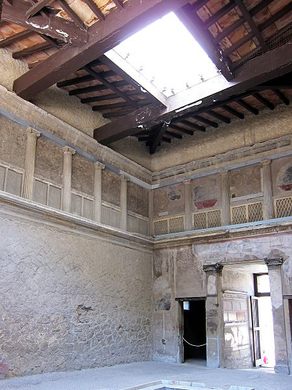
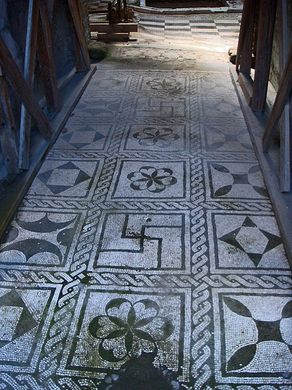



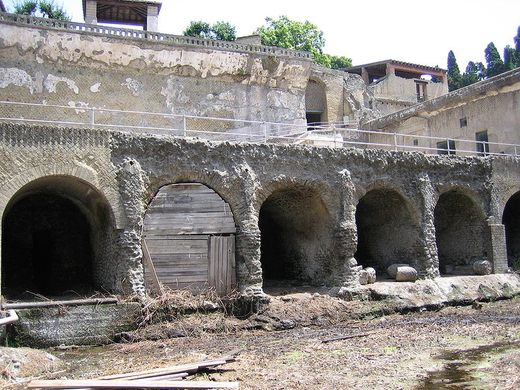

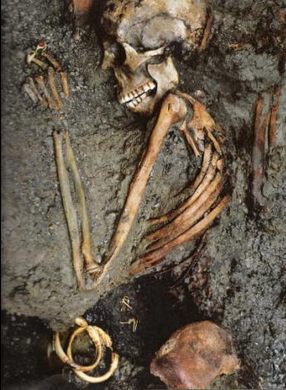



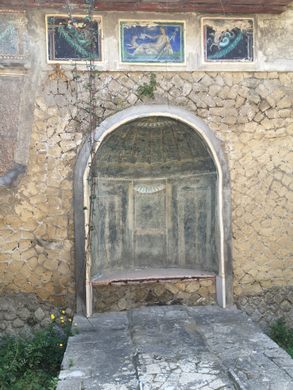
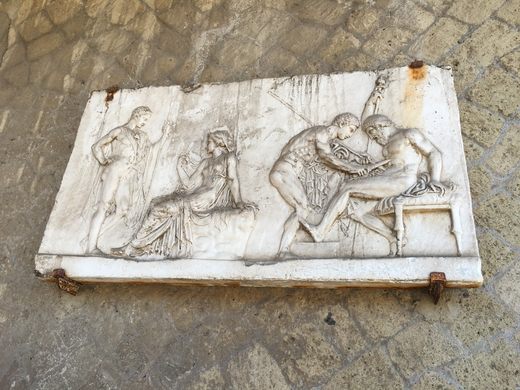

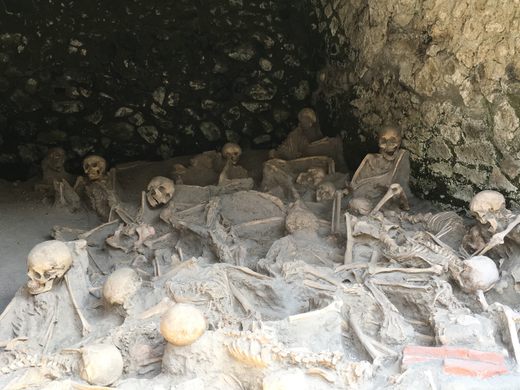
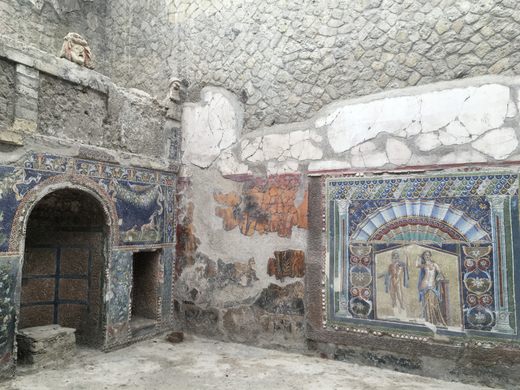

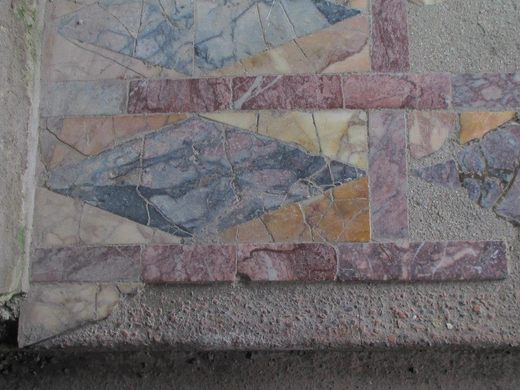


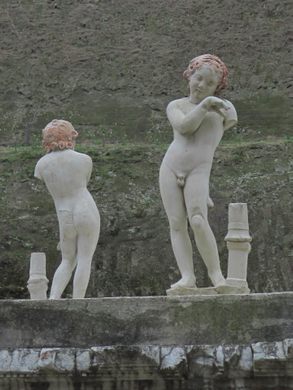
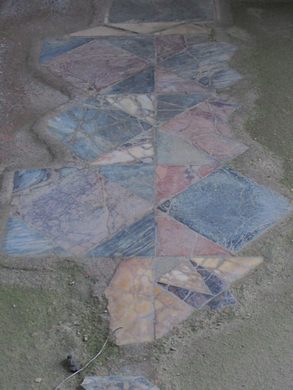
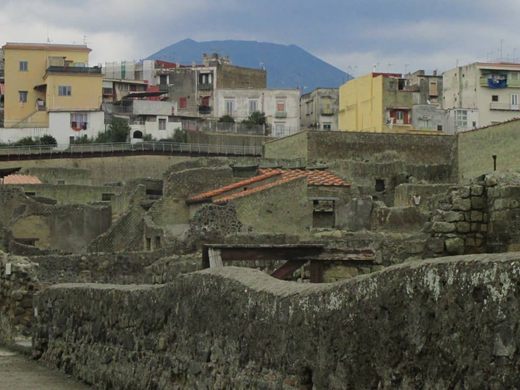
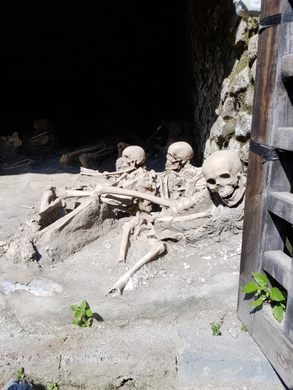
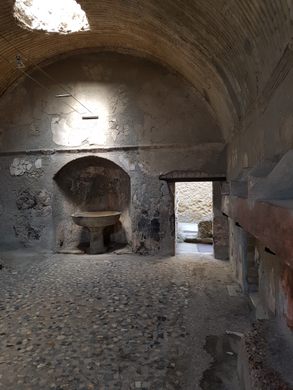
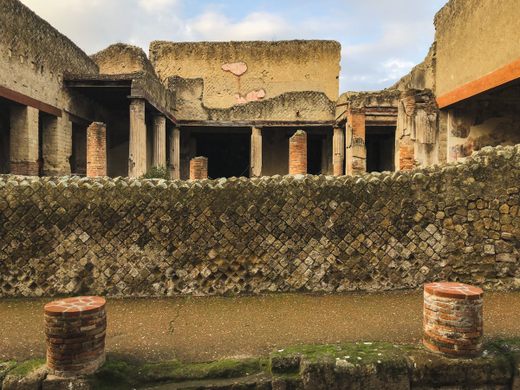
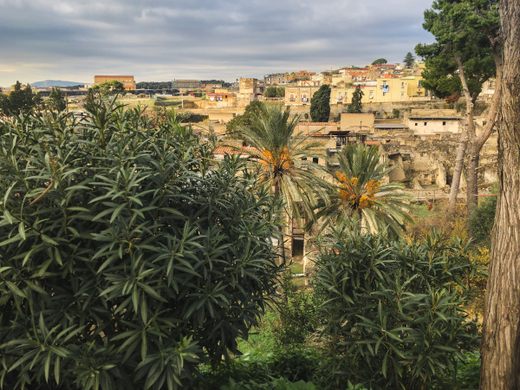
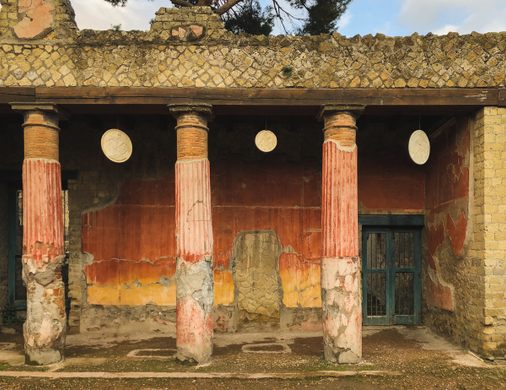
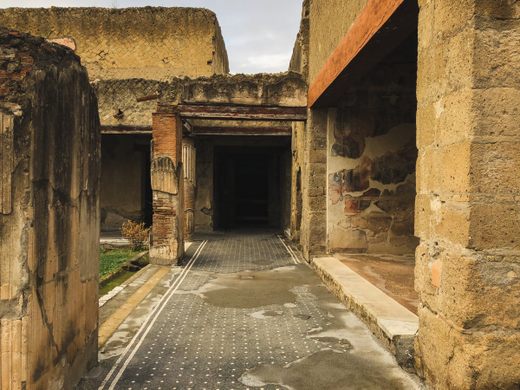

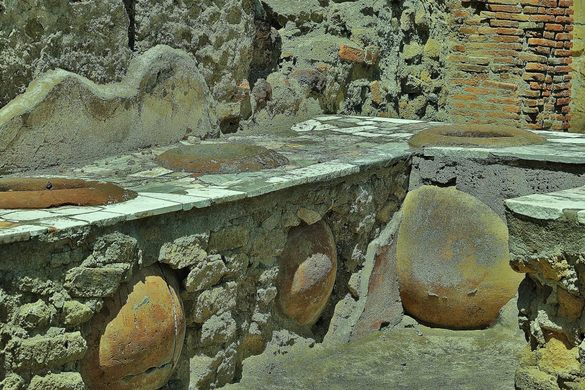





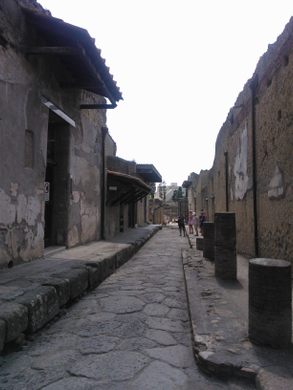




















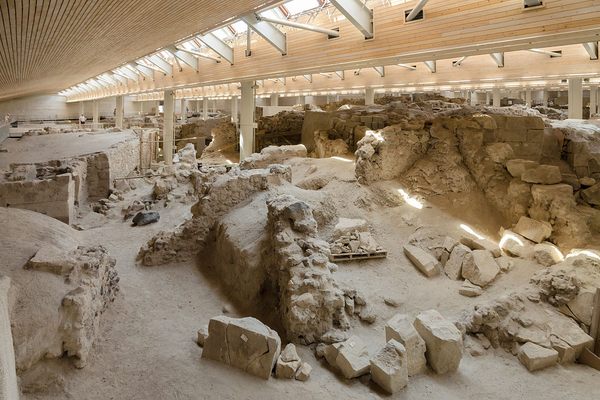


Follow us on Twitter to get the latest on the world's hidden wonders.
Like us on Facebook to get the latest on the world's hidden wonders.
Follow us on Twitter Like us on Facebook